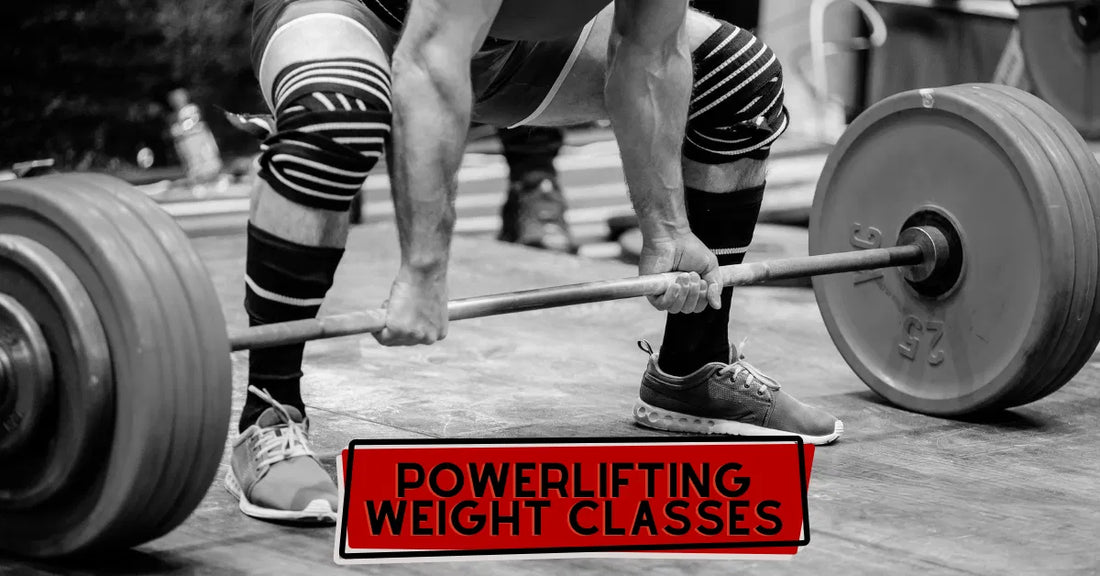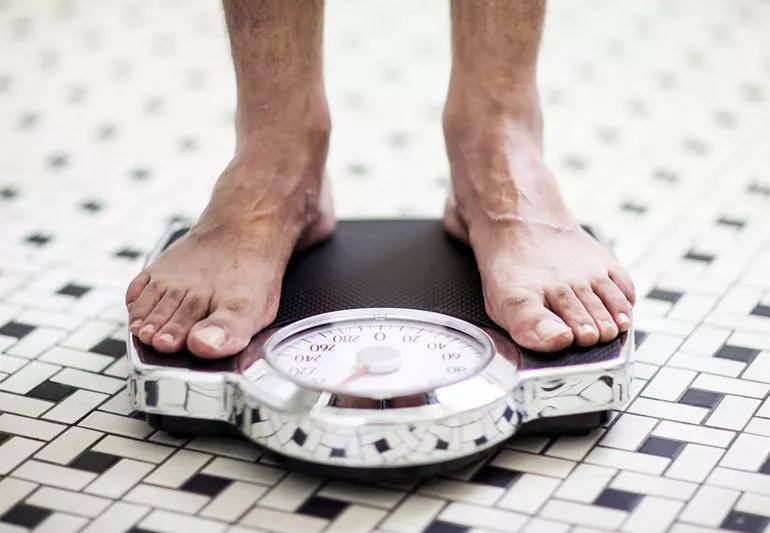
Navigating Weight Classes in Powerlifting: A Strategic Guide
In competitive powerlifting, your total is everything—but the weight class you lift in determines who you're compared against. The decision to cut, maintain, or bulk up to a new weight class is one of the most significant strategic choices an athlete can make. It's a long-term decision that impacts your training, nutrition, and performance potential. This guide will provide a strategic framework for navigating powerlifting weight classes to help you maximize your competitiveness and strength.
The Prime Directive: Don't Cut Just to Cut
For new and intermediate lifters, the primary goal should be getting stronger, not smaller. Cutting weight prematurely can sabotage your progress.
- The Golden Rule: You should almost always aim to fill out your current weight class with quality muscle before even considering a cut. A stronger, fuller 83kg lifter will almost always outperform a drained 74kg lifter who cut 5kg to make weight.
- When to Consider a Cut: A weight cut is a tool for experienced, competitive lifters who are close to the top of their weight class and believe that moving down will make them more competitive (i.e., increase their DOTS or GL score).
The Long-Term Bulk: Moving Up a Weight Class
Moving up a weight class is a long-term strategy for building maximal strength.
-
Who is it for?
- Lifters who are very lean and have "filled out" their current weight class.
- Lifters whose primary goal is absolute strength, not just competitiveness.
- Tall lifters who are naturally at a disadvantage in lower weight classes.
- The Strategy: This should be a slow, methodical lean bulk over many months, or even years. The goal is to add quality muscle tissue, not just body fat. This process requires a modest calorie surplus and a hypertrophy-focused training block.
- The Mindset: Be patient. It takes time to grow into a new weight class and feel strong at a heavier body weight. Your performance may dip initially as your body adapts.
The Strategic Cut: Moving Down for Competitiveness
Cutting weight should be a strategic decision, not an emotional one.
-
Who is it for?
- Competitive lifters who are at the very top of a weight class and are not lean (i.e., have body fat to lose without sacrificing significant muscle).
- Lifters whose body weight naturally sits just 1-3kg above a weight class limit.
-
The Strategy:
- Long-Term Fat Loss Phase: If you are more than 5-7% over your target weight class, you need a dedicated fat loss phase months out from a competition. This involves a moderate calorie deficit and maintaining high protein intake to preserve muscle.
- Short-Term Water Cut: For lifters who are only 2-5% over their weight class, a one-week water cut protocol is used to manipulate water and sodium to make weight, followed by an aggressive rehydration plan. This is a tool for meet day only.
- The Warning: As a leading evidence-based resource, Stronger By Science details, aggressive cutting can severely impact performance. The less weight you have to cut, the better you will perform.
Maintaining: The Power of Stability
For most lifters, most of the time, the best strategy is to maintain your weight and focus purely on getting stronger.
-
Who is it for?
- The vast majority of lifters, from beginner to advanced.
- Lifters who feel strong, healthy, and are making good progress in their current class.
- The Strategy: Eat at or around your maintenance calories, prioritize recovery, and focus your energy on intelligent programming. This allows you to build strength without the added physiological stress of a bulk or a cut.
Your weight class is a strategic tool, not a definition of your worth as a lifter. For most of your powerlifting career, the goal should be to get as strong as possible at a healthy, sustainable body weight. Make the decision to move up or down a class with a long-term vision, based on your competitiveness, body composition, and overall goals. A smart weight class strategy is a patient one.
What are your thoughts on changing weight classes? Have you ever cut or bulked for a meet? Share your experience below!









